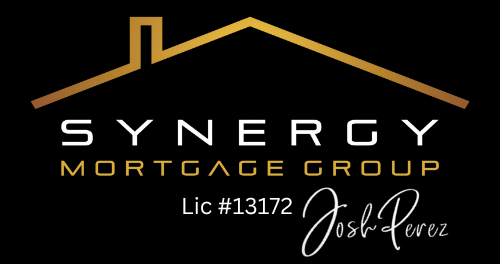Keep Your Eyes on the Prize: Why Timing the Market is a Losing Game
One of the most common concerns I hear from clients and investors is, "When is the perfect time to buy real estate?" My answer? Stop chasing perfect timing—it doesn’t exist. Instead, keep your eyes on your long-term goals and build a plan that works for you.
The Illusion of Perfect Timing
If there’s one thing the last few years have taught us—especially since COVID and the economic uncertainty that followed—it’s that even the experts can’t predict the market with absolute accuracy. They might get the general direction right, but the timing? That’s nearly impossible to nail down.
Waiting for the absolute perfect moment to buy, sell, or invest is a risky strategy. The truth is, there will always be market fluctuations, changes in interest rates, and external factors beyond our control. What matters most is focusing on your specific goals and making smart, well-informed decisions based on what’s right for you, rather than getting caught up in market noise.
Build a Plan, Not a Prediction
Rather than stressing over when rates will drop or if the market will shift in your favor, focus on building a solid real estate plan. Ask yourself:
- What are your short-term and long-term real estate goals?
- What kind of property best fits your financial situation and lifestyle?
- Are you in a position to qualify for the right mortgage today?
A structured plan ensures that you stay on track, regardless of market fluctuations. And just as importantly, it should be a dynamic plan—one that gets updated as market conditions change.
Why Staying Informed Matters
While perfect timing isn’t realistic, staying informed is essential. Take recent changes in bond rates, for example. Fixed mortgage rates have decreased by more than one percent in the last 90 days—this kind of movement can significantly impact:
- Your mortgage qualification amount
- Your monthly payments
- The type of home you can afford
For instance, a lower mortgage rate could mean the difference between affording a $700,000 home vs. an $800,000 home, or having a $1,500 monthly payment vs. an $1,800 one. These shifts in affordability can have a huge impact on your financial future, making it crucial to monitor the market and adjust your strategy accordingly.
The Bottom Line
At the end of the day, real estate success isn’t about guessing the market—it’s about preparing for it. Work with an experienced mortgage professional who can help you navigate changes, analyze the numbers, and find the best path forward.
If you're ready to stop waiting for the “perfect” time and start making smart, strategic moves toward your real estate goals, let’s connect. The best time to take action is when you're prepared—and that starts with having the right plan in place.
"Keep your eyes on the prize, not all the noise. Perfect timing is impossible—what matters is building a plan for your real estate goals and refreshing it often."





